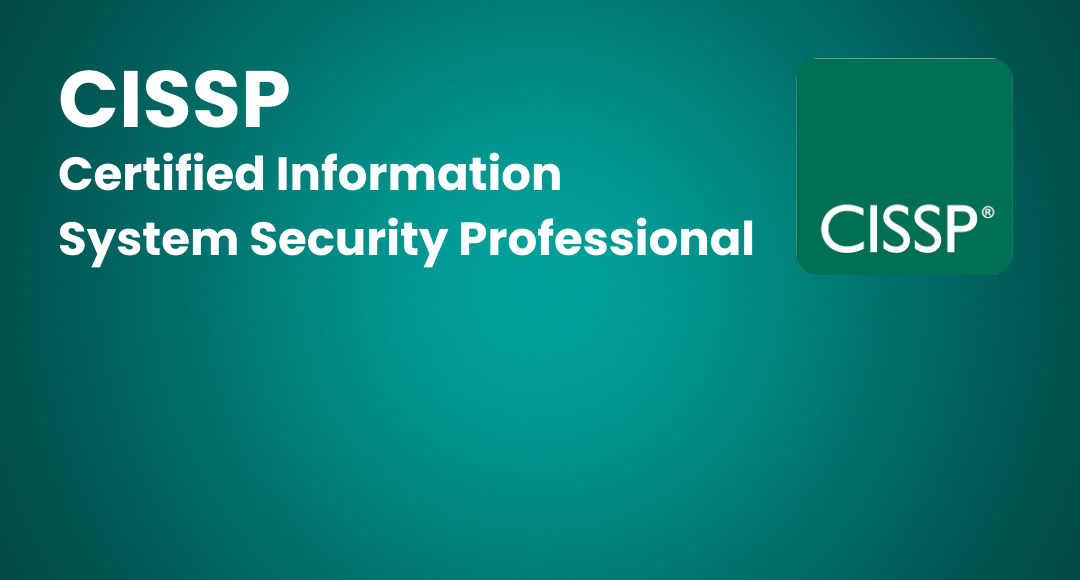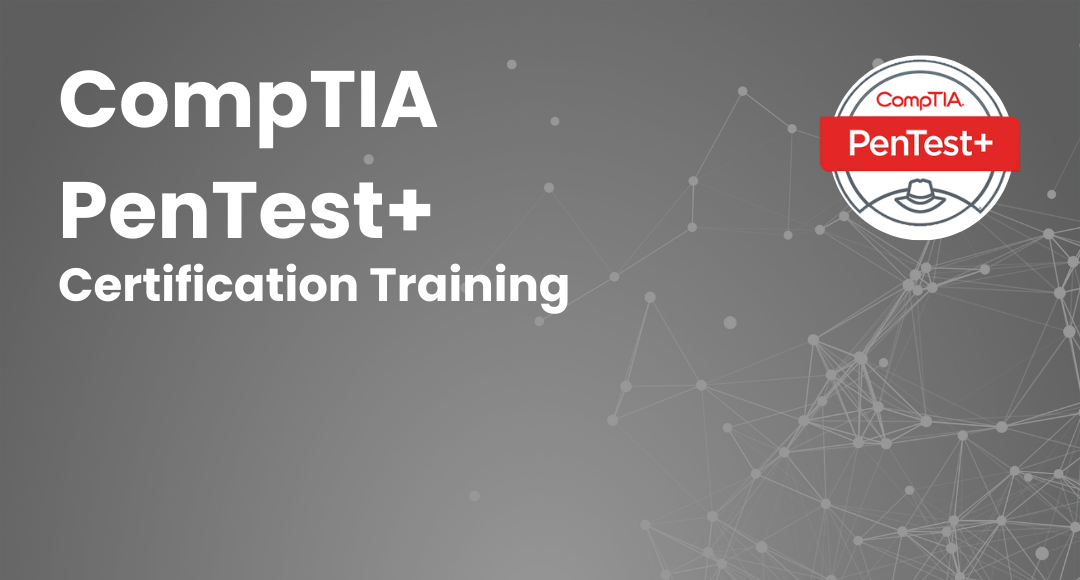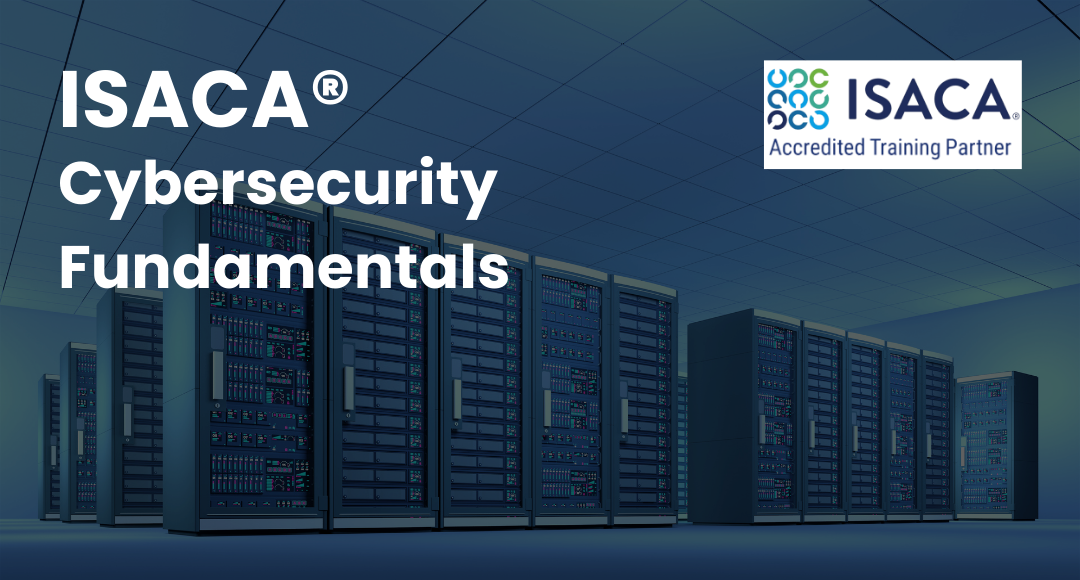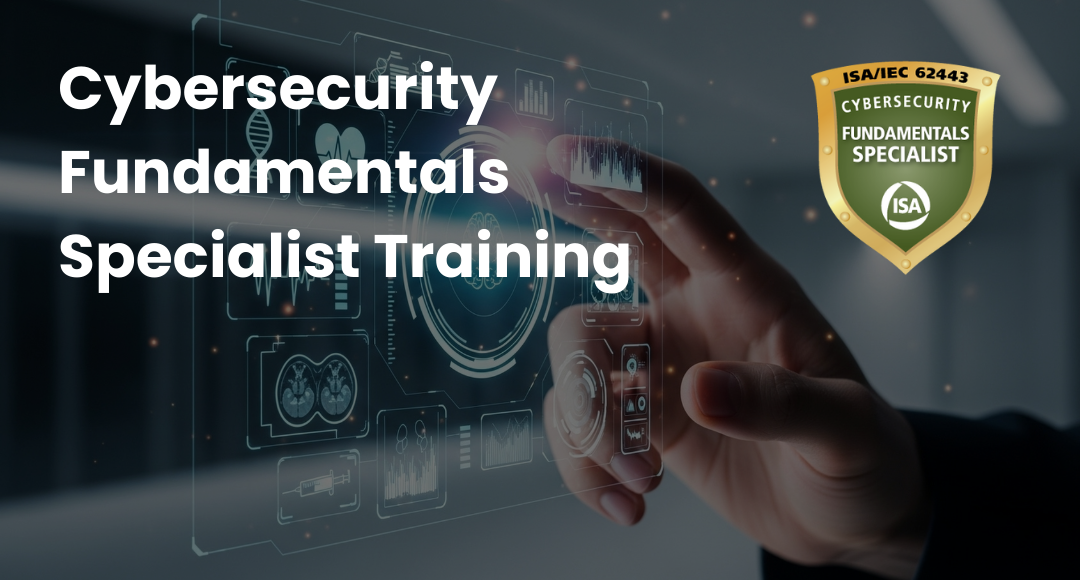Cloud Malware: Types of Attacks and Security Measure
-
 By Niharika Chaurasia
By Niharika Chaurasia - Published on Aug 7 2023

Table of Contents
Introduction to Cloud Malware
By enabling seamless collaboration, increased productivity, and cost-efficiency, cloud computing has completely changed how businesses run. However, this digital change has also made it easier for hackers to take advantage of holes in cloud systems, leading to a developing worry: cloud malware. Cloud malware refers to malicious software specifically designed to target cloud platforms, posing significant threats to data security and integrity.
The impact of cloud malware is not to be taken lightly. According to the 2021 Cloud Security Report published by Cybersecurity Insiders, 94% of organizations surveyed experienced a cloud-related breach in the past year. Additionally, the report highlights that the average cost of a data breach resulting from cloud security incidents reached a staggering $4.27 million.
These alarming statistics emphasize the critical importance of understanding cloud malware and implementing robust defenses to safeguard sensitive data stored in the cloud.
In this comprehensive blog, we will explore the world of cloud malware, examining its various types and discussing effective strategies to defend against these sophisticated attacks. By gaining insights into the tactics employed by cybercriminals and implementing proactive security measures, businesses can confidently embrace the benefits of cloud computing while minimizing the risks associated with cloud malware.
Let us now dive into the different types of cloud malware and understand the unique challenges they pose, along with the best practices to protect your organization's cloud infrastructure and data from these insidious threats.
Types of Cloud Malware

1.Data Breach and Leakage
Organisations and their clients are significantly at risk from data breaches in cloud environments. Attackers can access sensitive data without authorization by taking advantage of holes in cloud infrastructure or lax access rules, which has serious repercussions for enterprises.
Recent findings gathered from IBM's Cost of a Data Breach research reveals that the typical cost of a data breach is $4.24 million per occurrence, and that it often takes more than 200 days to discover and contain breaches. These figures demonstrate how severe data breaches are and how much stronger defences are needed.
Organisations should put strict access controls, encryption tools, and routine security audits in place to protect themselves from data leaks and breaches. Unauthorised access is significantly more likely to occur when strong authentication measures, such multi-factor authentication (MFA), are used.
Even if data is compromised, encryption makes sure that it cannot be read by attackers. Frequent security audits assist in locating weaknesses and quickly fixing them to decrease the likelihood of a breach.
2.Account Hijacking and Credential Theft:
Weak passwords, phishing scams, or compromised user credentials all contribute to the common occurrence of account hijacking and credential theft in cloud systems. Attackers might exploit sensitive information, alter resources, or start new attacks once they have gained unauthorised access to a user account. Very serious consequences may result, ranging from financial losses to harm to one's reputation.
Organisations should implement strict password regulations and inform users of the value of adopting one-of-a-kind, complicated passwords to protect against account hijacking and credential theft. By requesting additional verification from users, such as a code given to their mobile device, the implementation of multi-factor authentication adds an extra layer of protection.
Furthermore, regular security awareness training programs can help employees recognize and report phishing attempts, reducing the risk of falling victim to credential theft.
3.Malicious File Uploads
Cloud platforms offer convenient file-sharing capabilities, but they can also be misused for distributing malware-infected files. Attackers upload malicious files disguised as legitimate documents, infecting other users' systems or spreading malware across the cloud environment. The potential risks include data loss, system compromise, and unauthorized access to confidential information.
To defend against malicious file uploads, organizations should implement strict file upload policies and employ robust malware detection systems. The real-time scanning of uploaded files by cloud services should use antivirus software and sophisticated threat detection algorithms to find and quarantine potentially harmful files.
Another way to lessen the risk of malware infections is to inform users about the dangers of downloading files from unknown sources and to encourage them to practice secure file sharing, tools like Routineshare make it easy to send files and ensure that shared content remains protected from unauthorized access or tampering.
4.Cryptojacking
Cryptojacking involves unauthorized use of cloud resources to mine cryptocurrencies without the owner's knowledge or consent. Attackers exploit cloud computing power to mine cryptocurrencies, leading to increased resource consumption, slower system performance, and inflated electricity bills. Recent studies estimate that cryptojacking incidents have increased by over 300% in the past year, highlighting its prevalence and impact.
To defend against cryptojacking, organizations should monitor resource usage in their cloud environments. Implementing robust monitoring and anomaly detection systems can help identify sudden spikes in resource consumption that may indicate cryptojacking activities. Regularly reviewing cloud infrastructure configurations and restricting resource usage can also mitigate the risk of unauthorized cryptocurrency mining.
5.Man-in-the-Cloud (MitC) Attacks
Man-in-the-Cloud attacks exploit the synchronization process between a user's cloud storage and multiple devices. Cybercriminals gain access to the cloud account by compromising a linked device and manipulating the synchronization tokens. This attack vector allows attackers to maintain persistent unauthorized access and control over cloud data.
Defending Against Cloud Malware
“Arming Yourself Against the Cloud's Silent Invaders”
As the threat landscape evolves, organizations must adopt proactive measures to defend against cloud malware and protect their sensitive data stored in the cloud. Implementing a comprehensive defense strategy that encompasses prevention, detection, and response is crucial to mitigating the risks associated with cloud-based attacks.
Let's explore some effective strategies to bolster your defenses against cloud malware:
1.Educate and Train Employees
Train employees to recognize and address cloud-related risks like phishing, suspicious downloads, and unauthorized access attempts. Emphasize strong passwords, multi-factor authentication, and caution when sharing sensitive data or using untrusted networks.
Encourage a cybersecurity-aware culture, where employees report incidents and follow safe data practices. This human firewall complements technical measures and strengthens overall cloud security.
2.Implement Robust Access Controls
Controlling user access to cloud resources is paramount to prevent unauthorized activities and limit the potential impact of cloud malware. Apply the principle of least privilege, granting users only the permissions necessary to perform their job responsibilities.
Regularly review and update access privileges to ensure they align with employees' roles and responsibilities. Additionally, consider implementing advanced access control mechanisms such as role-based access control (RBAC) and attribute-based access control (ABAC) to enforce granular and context-aware authorization policies.
By restricting access to sensitive data and critical cloud resources, organizations can significantly reduce the attack surface for potential cloud malware incidents.
3.Employ Strong Encryption
Encryption plays a vital role in safeguarding data confidentiality and integrity, particularly in cloud environments. Implement robust encryption mechanisms to protect data at rest, in transit, and in use within the cloud. Leverage industry-standard encryption algorithms and ensure that encryption keys are managed securely.
Consider employing client-side encryption as well, which encrypts data locally before uploading it to the cloud. By using this method, you may be sure that even if your cloud data gets accessed, nobody else will be able to view the encrypted material.
4.Regularly Patch and Update Systems
Keeping cloud infrastructure, applications, and associated components up to date is crucial for mitigating vulnerabilities that could be exploited by cloud malware. Regularly apply security patches and updates provided by cloud service providers, operating system vendors, and software developers.
Establish a well-defined patch management process that includes thorough testing and deployment schedules to minimize disruptions while ensuring timely updates. Additionally, consider utilizing vulnerability scanning tools and services to identify potential security weaknesses within cloud environments.
By maintaining an updated ecosystem, organizations can effectively close security gaps and reduce the risk of successful cloud malware attacks.
5.Employ Advanced Threat Detection and Response
Deploying robust cloud security solutions that incorporate advanced threat detection and response capabilities is essential for timely identification and mitigation of cloud malware incidents. Implement cloud-native security tools and services that leverage machine learning algorithms and behavioral analytics to detect anomalous activities within cloud environments.
These solutions can provide real-time alerts and automate response actions, such as isolating compromised resources or blocking suspicious network traffic. Additionally, consider leveraging cloud security information and event management (SIEM) platforms to centralize and correlate security logs and events from multiple cloud services, enabling better visibility and proactive threat hunting.
By leveraging advanced threat detection and response capabilities, organizations can swiftly identify and neutralize cloud malware threats, minimizing potential damage and data loss.
6.Regularly Backup and Test Data
Implementing a robust backup and recovery strategy is critical to mitigate the impact of cloud malware incidents. Regularly backup critical data stored in the cloud and ensure that backups are securely stored in off-site locations. Test the restoration process periodically to verify the integrity and effectiveness of backups.
Stay Ahead of Threats: Sprintzeal's IT Security Training
Elevate your cybersecurity career with Sprintzeal's comprehensive IT security courses. From Certified Information Systems Security Professional (CISSP) to Cybersecurity Fundamentals Certification (ISACA) and the renowned CCSP Certification Training Course, we cover it all. Our expert instructors and interactive learning approach ensure you're well-prepared to combat cyber threats effectively. Don't miss the chance to stay ahead in this rapidly evolving field. Enroll now and secure your future!
Conclusion
Cloud malware poses significant risks to organizations' data and operations. By understanding the types of cloud malware and adopting robust defense strategies, businesses can effectively safeguard their cloud environments.
Strengthening cloud security, conducting regular audits, educating employees, and collaborating with reliable CSPs are key steps towards maintaining a secure cloud infrastructure.
Sprintzeal's IT security courses provide the opportunity to enhance your expertise and gain industry-recognized certifications like CCSP. Don't wait any longer - take the leap and secure your future in IT security with Sprintzeal. Visit our website or contact us today to get started.
Subscribe to our Newsletters
Popular Programs
CISSP® - Certified Information System Security Professional
Live Virtual Training
- 4.5 (964 + Ratings)
- 41k + Learners
CISM® - Certified Information Security Manager
Live Virtual Training
- 5 (200 + Ratings)
- 27k + Learners
CCSP® - Certified Cloud Security Professional
Live Virtual Training
- 4.9 (964 + Ratings)
- 18k + Learners
Trending Posts
Information Security Analyst - Career, Job Role, and Top Certifications
Last updated on Jul 24 2024
How Did Capital One Respond to Their Major Cyber Incident?
Last updated on Dec 17 2024
Top Cybersecurity Software Tools In 2026
Last updated on Jan 22 2024
Cybersecurity Roles - Top Roles and Skills to Consider in 2026
Last updated on Mar 6 2023
Guess What Google Did When a Employee Breached Their Firmware
Last updated on Dec 24 2024
Cybersecurity Interview Questions and Answers 2026
Last updated on Sep 8 2025
Categories
- Other 69
- Agile Management 48
- Cloud Computing 56
- Project Management 174
- Big Data 66
- Business Management 88
- Digital Marketing 78
- IT Service Management 29
- Programming Language 58
- AI and Machine Learning 78
- IT Security 112
- Quality Management 78
- IT Hardware and Networking 26
- Microsoft Program 4
- Workplace Skill Building 13
- Risk Management 9
- Information Security 8
- Leadership and Management 9
- Corporate Training and Development 1
Trending Now
Top 5 Compelling Reasons To Get A Cyber Security Certification
ebookHow to Become IT Security Expert with CISSP Certification
ebookTop 20 Reasons You Should Get a CISSP Certification
ebookWhat is CISSP? – Everything about CISSP Certification Explained
ebookPass CISSP Exam - How to Clear CISSP Exam in First Attempt 2026 (UPDATED)
ebookCISSP Certification – Top 25 Career Benefits in 2026
ebookCybersecurity – Everything You Need to Know About it
ebookUpdated Google Certification Training Course list 2026
ArticleWhich Certification is best for Cybersecurity?
ebookWhich Cybersecurity Certification Should I Get First?
ebookCysa+ certification – Should you get it?
ebookList of Top Security Certifications
ArticleEasiest Security Certification to Get
ebookCISM certification cost and career benefits
ebookCybersecurity Fundamentals Explained
ebookISACA Certifications List 2026
ebookCareer Benefits of CISM Certification in 2026
ArticleList of Top Information Security Certifications in 2026
ebookCISM certification cost details
ArticleMitigate the Cyber-Attack Risks with Best Cyber Security Protocols
ebookCybersecurity Interview Questions and Answers 2026
ebookTop Cybersecurity Software Tools In 2026
ebookInformation Security Analyst - Career, Job Role, and Top Certifications
ebookCyber Security Analyst - How to Become, Job Demand and Top Certifications
ebookWhat is Data Security - Types, Strategy, Compliance and Regulations
ebookData loss Prevention in Cyber Security Explained
ebookCybersecurity Controls Explained in Detail
ebookCybersecurity Framework - A Complete Guide
ebookWhat is Cryptography - A Comprehensive Guide
ebookData Leak - What is it, Prevention and Solutions
ebookCybersecurity Career Paths Guide
ebookFuture of Cybersecurity - Trends and Scope
ebookCyber Security Careers and Outlook - 2026 Guide
ebook5 Cybersecurity Predictions in 2026 - Trends and Challenges
ebookScope for Cybersecurity in 2026 - Latest Update
ebookEthical Hacking Career: A Career Guide for Ethical Hacker
ebookApplication Security: All You Need To Know
ebookCybersecurity Roles - Top Roles and Skills to Consider in 2026
ebookHow to Get Cyber Essentials Certified
ebookTop 10 Cyber Security Threats and How to Prevent Them
ebookTop 10 Network Scanning Tools of 2026
ebookCyber Incident Response Plan: A Comprehensive Guide
ebookInformation Assurance Careers - Exploring Career Paths
ebookWhat is the Department of Defense (DoD) Directive 8140
ebookCybersecurity Mesh Architecture: What It Is and How to Build It
ebookWhat is Threat Modeling? Methodologies, Types, and Steps
ebookWhat is Digital Forensics? Types, Process & Challenges
ebookInformation Assurance Model in Cybersecurity
ebookHow to Become an Information Security Analyst Salary, Skills, and More
ArticleList of Top Department of Defense (DoD) Approved 8570 Certification Courses
ebookTop 5 Ransomware Attacks to Watch Out for in 2026
ebookJob Prospects for DoD Certified Professionals: A Pathway to Success in cybersecurity
ebook10 Biggest Data Breaches of the 21st Century
ebookWhat is a Cybersecurity Incident?-Types, Impact, Response Process and More
ebookCyber Security Planning - A Detailed Guide for Risk Mitigation
ebookWhat is Cybercrime? Exploring Types, Examples, and Prevention
ebookRecent Cyber Attacks & Data Breaches in 2026
ebookCybersecurity Strategy: Building a Strong Defense for Business
ebookCybercrime Impacts On Business: 6 Major Effects
ebook5 Types of Cyber Attacks You Should Be Aware of in 2026
ebookCloud Cyber Attacks: Causes, Types, Prevention and Protection
ebookCyber Attack Statistics and Trends to Know in 2026
ebookList Of Top Cybersecurity Threats In 2026
ebookSafeguarding Digital Domain: 10 Most Common Cybercrimes
ebookDemystifying Cloud-Based Cyber Attacks: A Comprehensive Guide
ebookPrevent Cyber Attacks: Strategies to Protect Your Digital Assets
ebookList of Top 10 Cybersecurity Careers in 2026
ebookTop 20 Cybersecurity Trends to Watch Out for in 2026
ArticleHow to Become Cybersecurity Engineer
ArticleUnderstanding Risk assessment in audit planning
ArticleFundamentals of Risk-Based Auditing: A Strategic Framework
ArticleRisk-based Audit Planning Guide for Beginners
ebookTop 8 Types of Cybersecurity Jobs and Salary Insights
ArticleA Comprehensive Guide to Building Risk-Based Internal Audit Plan
ArticleRisk-Based Internal Auditing Approaches: 7 Steps to Explore
ArticleCompTIA Security+ 601 vs. 701: Understanding Key Differences
ArticleWhy and How to Perform a Risk-Based Internal Audit
ArticleRisk-Based Auditing Techniques Explained
ebookEvolving Cyber Threats and Vulnerabilities in Cybersecurity Risk Management
ArticleWhat Is Secure Access Service Edge (SASE)?
ArticleHow to Stay Cyber-Secure in Work and Personal Life (Tips and Practices)
ArticleIBM Data Breach: Is IBM Really Breach-Proof?
ArticleTarget Cyber Attack: Key Lessons from the 2013 Data Breach
ArticleLinkedIn User Data Protection Explained
ArticleCanva Data Breach: Best Lessons for Users and Businesses
ArticleHow Did Capital One Respond to Their Major Cyber Incident?
ArticleWhat Innovative Measures Did Reddit Take to Protect User Data?
ArticleHow Does Slack Respond to Security Challenges?
ArticleTwitch Data Breach: Response, Changes, and Key Takeaways
ArticleGuess What Google Did When a Employee Breached Their Firmware
ArticleEthical Hacking Tools: Best Ones for Cybersecurity in 2026
ArticleWhat Happened When Cisco Faced a Cyber Incident?
ArticleWhat Sony Did to Rebuild Trust After a Major Cyberattack
ArticleHow to Handle a Data Breach? Learn from Microsoft!
ArticleCybersecurity Mesh: A New Approach for Security Design
ArticleHow Target Turned a Cyber Crisis into a Lesson for All
ArticleDropbox Data Breach: What Companies Can Learn from It
ArticleHow JPMorgan Chase Strengthened Security After Facing Cyber Threats
ArticleThe Future of Online Security: Trends to Watch in 2026
ArticleLatest Trends in CyberSecurity
ArticleTop 12 Cyber Security Apprenticeships with High Earning Potential in 2026
ArticleEnhancing Safety and Competence in Today's Workplace
ArticlePrivacy at Your Fingertips: How iPhone Users Can Use Tools Securely
ArticleAge Matters: Understanding the Generational Gap in Online Safety Education
ArticleCybersecurity 101: Why Cybersecurity is the Hottest Career Right Now
ArticleWhy Cybersecurity Training Should Be Part of Every Professional's Career Plan
ArticleHow to Protect Your Data When Traveling to Countries Like Malaysia?
ArticleTop Online Master's in Cybersecurity Programs for Working Professionals
ArticleHow AI Detectors Strengthen Cybersecurity in Modern Networks
ArticleHow to Become a Cybersecurity Engineer: Step-by-Step Career Guide
ArticleWhy Certification in Risk and Compliance Is Critical in Today’s Financial World
Article


















